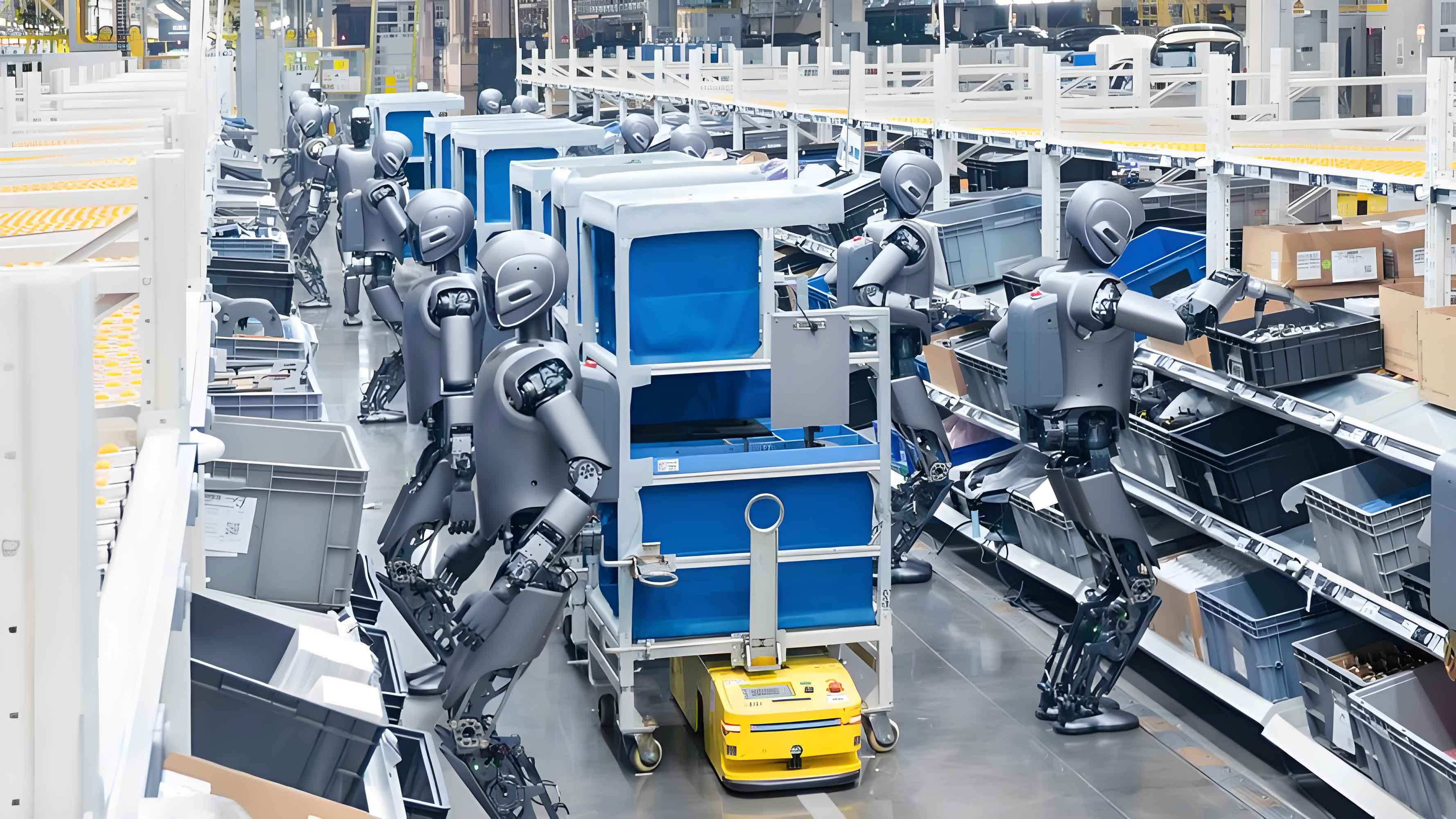China’s technological landscape is witnessing an unprecedented surge as multiple provinces aggressively compete to dominate the burgeoning humanoid robot industry. Beijing, Zhejiang, Guangdong, and over a dozen other regions have unveiled ambitious policy blueprints, signaling a nationwide push to establish leadership in embodied intelligence and robotics. This strategic frenzy positions the humanoid robot industry as a cornerstone of China’s next-generation economic engine.

Regional Ambitions Fuel Rapid Expansion
Beijing’s recently announced three-year action plan targets breakthroughs in over 100 core technologies by 2027, aiming to deploy 10,000 advanced robots and cultivate a 100-billion-yuan industrial cluster. The city’s roadmap emphasizes “brain-limb-body” collaborative innovation, backed by a 100-billion-yuan government fund dedicated to artificial intelligence and robotics. “Embodied intelligence represents a critical frontier in achieving artificial general intelligence,” stated a senior Beijing science official, underscoring its role in industrial modernization.
Zhejiang, home to robotics showcased during high-profile events like the Spring Festival Gala, has prioritized disruptive innovation. Its 2024–2027 implementation strategy integrates humanoid robots into broader “AI+” initiatives, targeting quantum computing and synthetic biology. Similarly, Guangdong—where robots already assemble electronics—aims to incubate 3–5 unicorn enterprises while advancing “machine brains” and “machine limbs” through its provincial innovation center. These provinces exemplify how the humanoid robot industry is morphing from theoretical research into scalable manufacturing.
Economic Transformation Drives Demand
Experts argue that the humanoid robot industry aligns perfectly with China’s industrial upgrade agenda. “Nationwide equipment renewal and digital transformation demand smart devices like humanoid robots,” emphasized a leading manufacturing researcher. “The vast scenarios of industrial evolution are generating massive demand for intelligent equipment.” This synergy between economic policy and robotics innovation creates fertile ground for rapid commercialization.
The transition from labs to real-world applications marks a pivotal phase. Pilot projects in factories, warehouses, and logistics hubs are accelerating, with provinces competing to open public-sector testing grounds. Guangdong’s focus on “screw-driving” robots and Beijing’s high-stakes funding mechanism highlight a race toward standardization and cost reduction. Yet, scalability challenges persist, particularly in power efficiency, dexterity, and human-robot interaction.
Investment and Global Implications
Beyond regional rivalries, China’s centralized support framework is noteworthy. The 15-year, 100-billion-yuan state fund channels capital into core components and international collaboration, aiming to reduce reliance on imported technologies. Provincial targets for “international-leading products” and “unicorn cultivation” signal intent to capture global market share.
While household adoption remains aspirational—constrained by affordability and safety certifications—industrial integration is already underway. Factories across Guangdong and Zhejiang deploy humanoid robots for precision tasks, while Beijing’s innovation ecosystem focuses on service-oriented models for healthcare and hospitality. This tiered approach—industrial first, consumer later—reflects pragmatic scaling.
Challenges on the Horizon
The humanoid robot industry faces hurdles beyond technology. Regulatory frameworks for autonomous machines remain underdeveloped, and ethical debates about workplace displacement simmer. Supply chain vulnerabilities, especially in advanced sensors and actuators, could slow progress. Moreover, provincial fragmentation risks duplicated efforts, though competition also fuels faster iteration.
The Road Ahead
China’s provincial race has undeniably injected momentum into the humanoid robot industry. With Beijing targeting “international leadership,” Zhejiang betting on frontier R&D, and Guangdong scaling factory deployments, the sector’s growth trajectory appears unstoppable. Success hinges on translating policy ambition into export-ready products while navigating global scrutiny over automation ethics.
As one expert noted, “Humanoid robots will redefine industrial systems.” For now, China’s provinces are betting billions to ensure they lead that redefinition. The humanoid robot industry isn’t merely accelerating—it’s sprinting toward a transformed economic reality.
